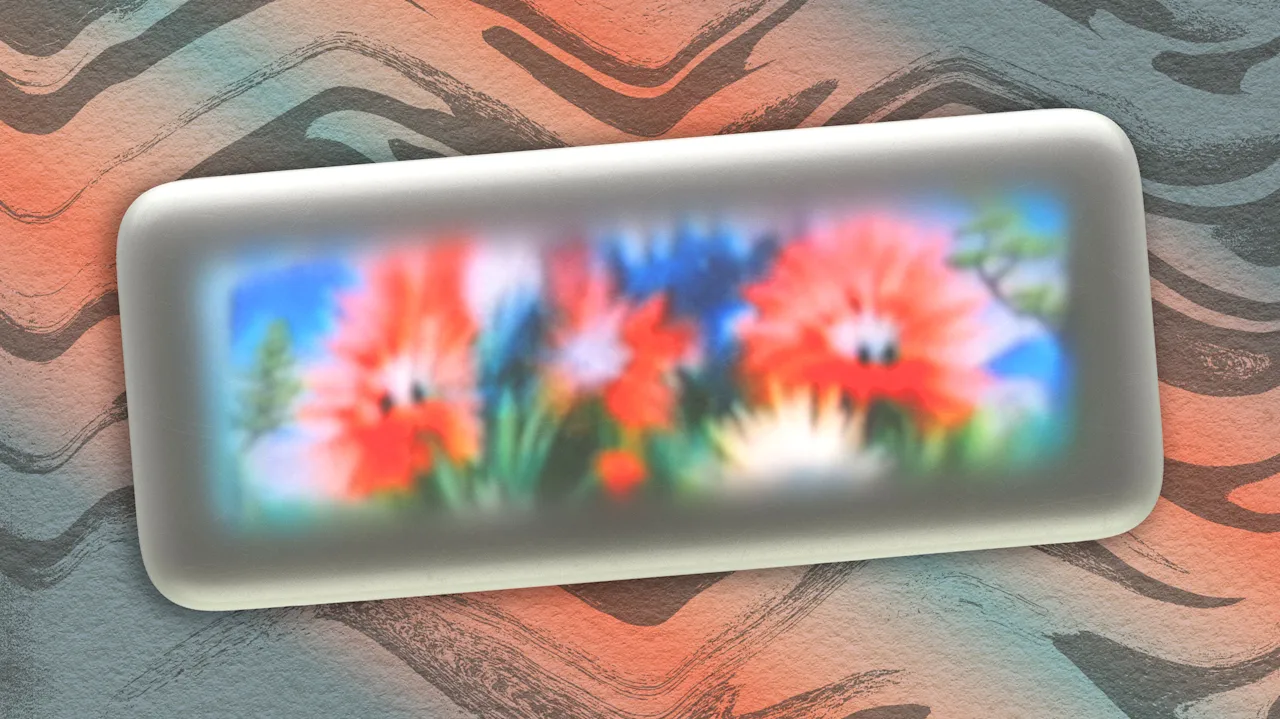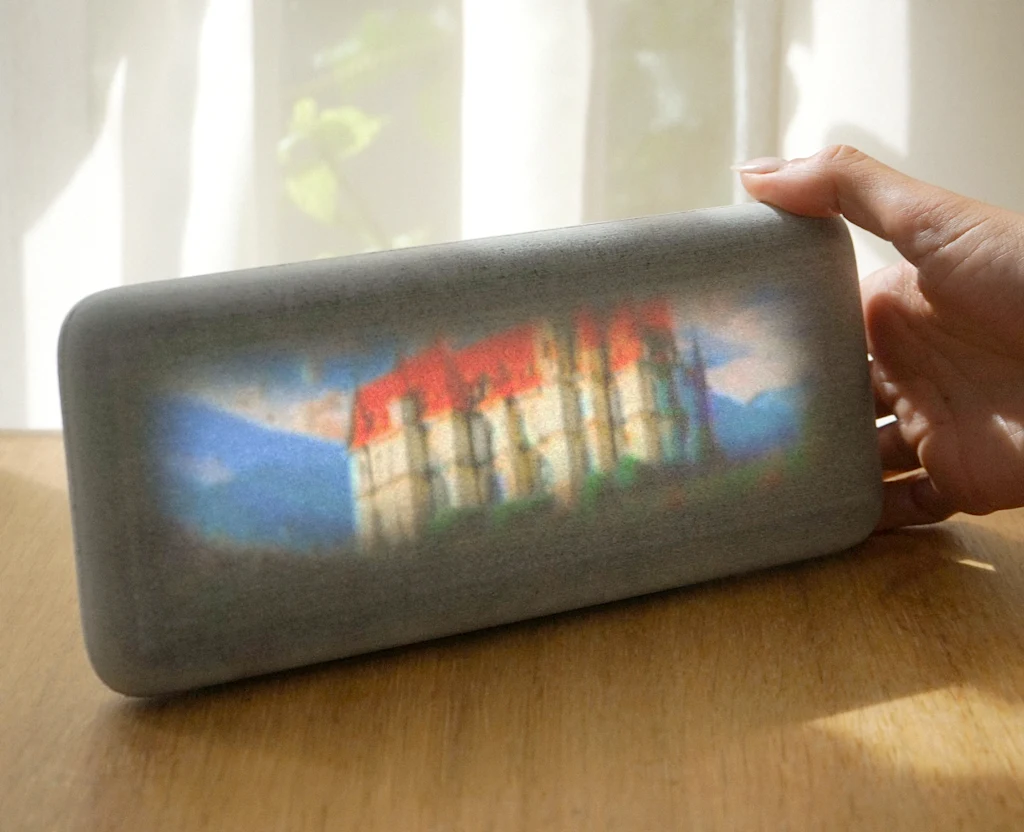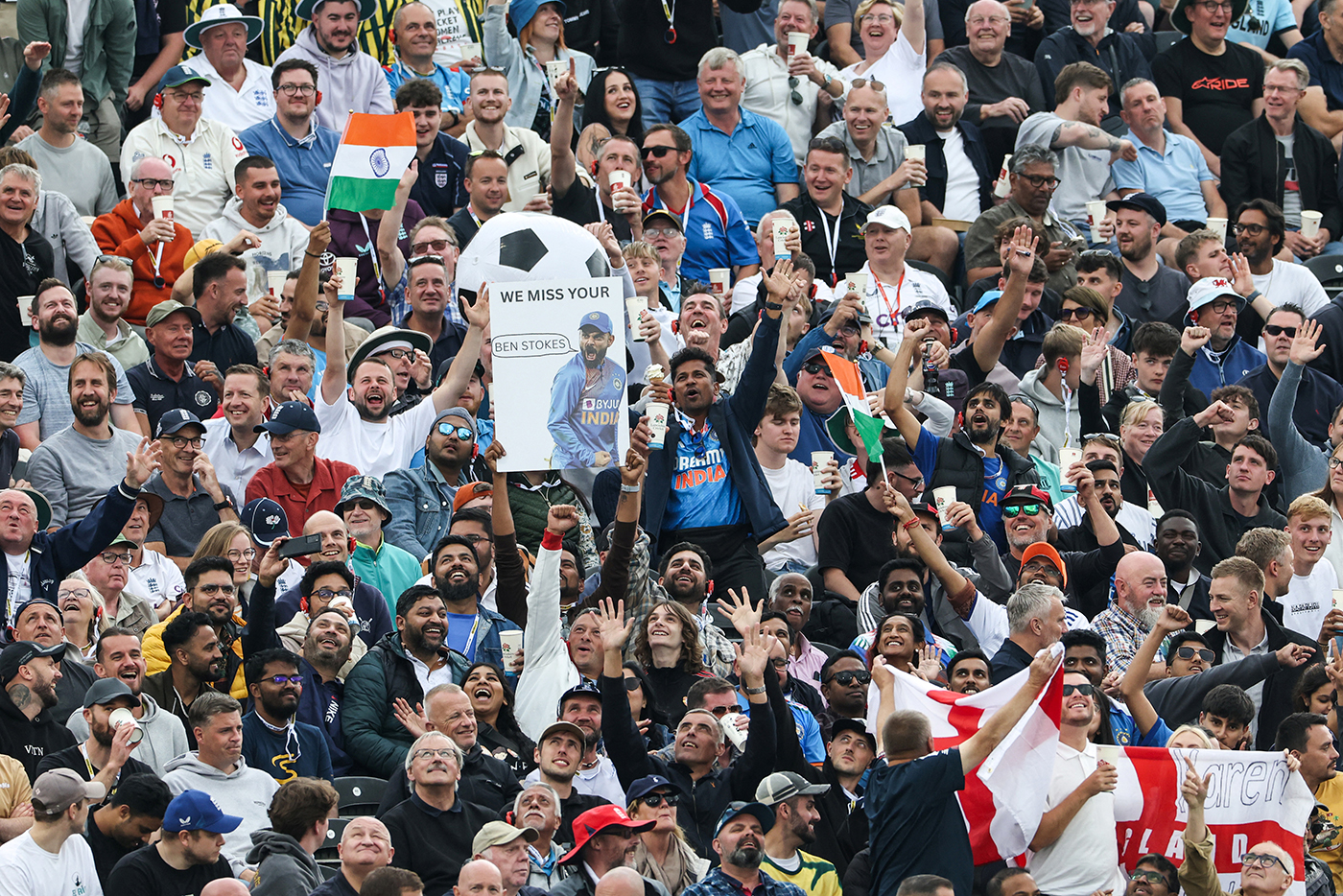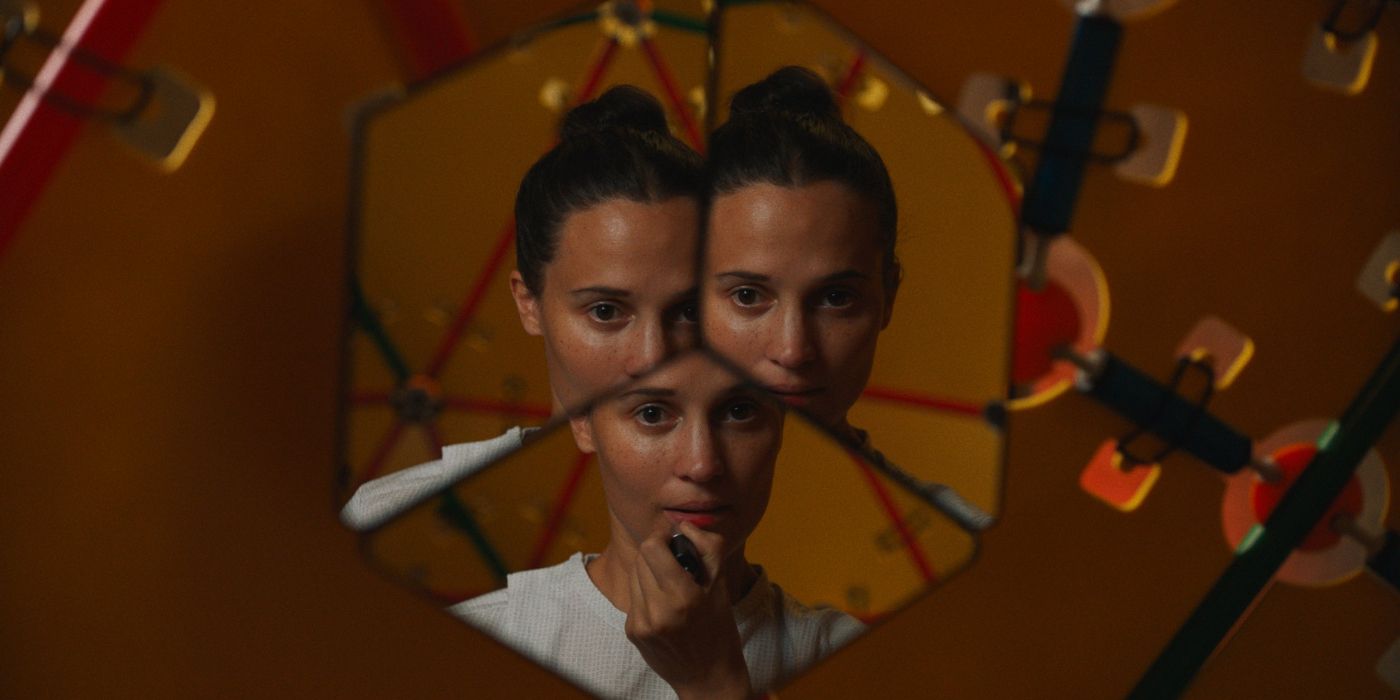This AI gadget turns your dreams into mini movies

An intense dream can leave you in sweats and existential wonder. But just moments later, it evaporates from your mind to never be experienced again.
The fleeting nature of dreams is why many keep a dream journal by their bedside to jot down the story before it disappears. The design studio Modem imagined another, more modern recording device. Called the Dream Recorder, it’s something like a bedside clock radio that uses AI to log your dreams and play them back to you.
When you wake up in the morning, you pick up the recorder and dictate what you remember of your dream. That ensuing transcript is sent to an AI video generator in the cloud, which creates a short video of it. What’s important to Modem is the ritual, done without an app or phone, is performed with an object dedicated to you—a sort of generated visual diary of dreams.
“The thing that happens in your head isn’t going to be magically recreated by this video generator,” says project contributor Mark Hinch. “But it will hopefully capture the essence of the perhaps bizarre, weird, fragmented ideas of what happened in your head in the story.”
The dreams themselves are rendered through an intentionally ethereal aesthetic, at a low fi 240-by-240-pixel resolution that’s meant to mirror the way we remember a dream, but also sidestep too much literality when things naturally don’t match up. For instance, it blurs faces so that you never see someone who doesn’t match up with what you remember. And rather than saving every dream you ever have forever, the Dream Recorder has been designed to flush its memory much like you do—holding onto dreams for a week at most before overwriting them with whatever you dream up next.
Instead of selling the device, Modem shares the code on Github, along with all the items you need to buy to build it, ranging from a Raspberry Pi processor to USB microphones and capacitive touch sensors, via Amazon links. The body can be printed via an online service like Shapeways, and it all connects together without soldering. (Dreams cost between about a penny and 14 cents apiece, depending on the AI service you connect to render them.)
But the Dream Recorder is admittedly less interesting as another product with features to be scrutinized than it is as a greater idea, and model of experimentation that’s been lacking in the race toward AGI or building the next unicorn. With so much of the AI conversation focused on companions, productivity tools, or generative whatever, it’s easy to block out the more transcendental possibilities like being able to literally speak to whales.
Modem cut through the productization of AI with a new dose of wonder. The Dream Recorder is fascinating not just for what it literally does, but as a rare, tangible beacon for a future that feels just within our grasp. (Dream recording inherently seems feasible within our electrical brain patterns and new AI capabilities—so much so that Samsung filed a patent around a UI to control your dreams.) And much like a good sci-fi novel, it offers us an anchor to discuss and debate what it all means until a world of inventors actually leads us there.
“We hope to inspire the new generation coming of age in the age of intelligence . . . showing them that there’s a more mindful alternative to the very distracted world,” says Bas van de Poel, cofounder of Modem. “Perhaps using the engines of wisdom and mindfulness, and combining them with the logic of computer science, will be sort of like the ultimate dream,” he says.
What's Your Reaction?
 Like
0
Like
0
 Dislike
0
Dislike
0
 Love
0
Love
0
 Funny
0
Funny
0
 Angry
0
Angry
0
 Sad
0
Sad
0
 Wow
0
Wow
0






























































































